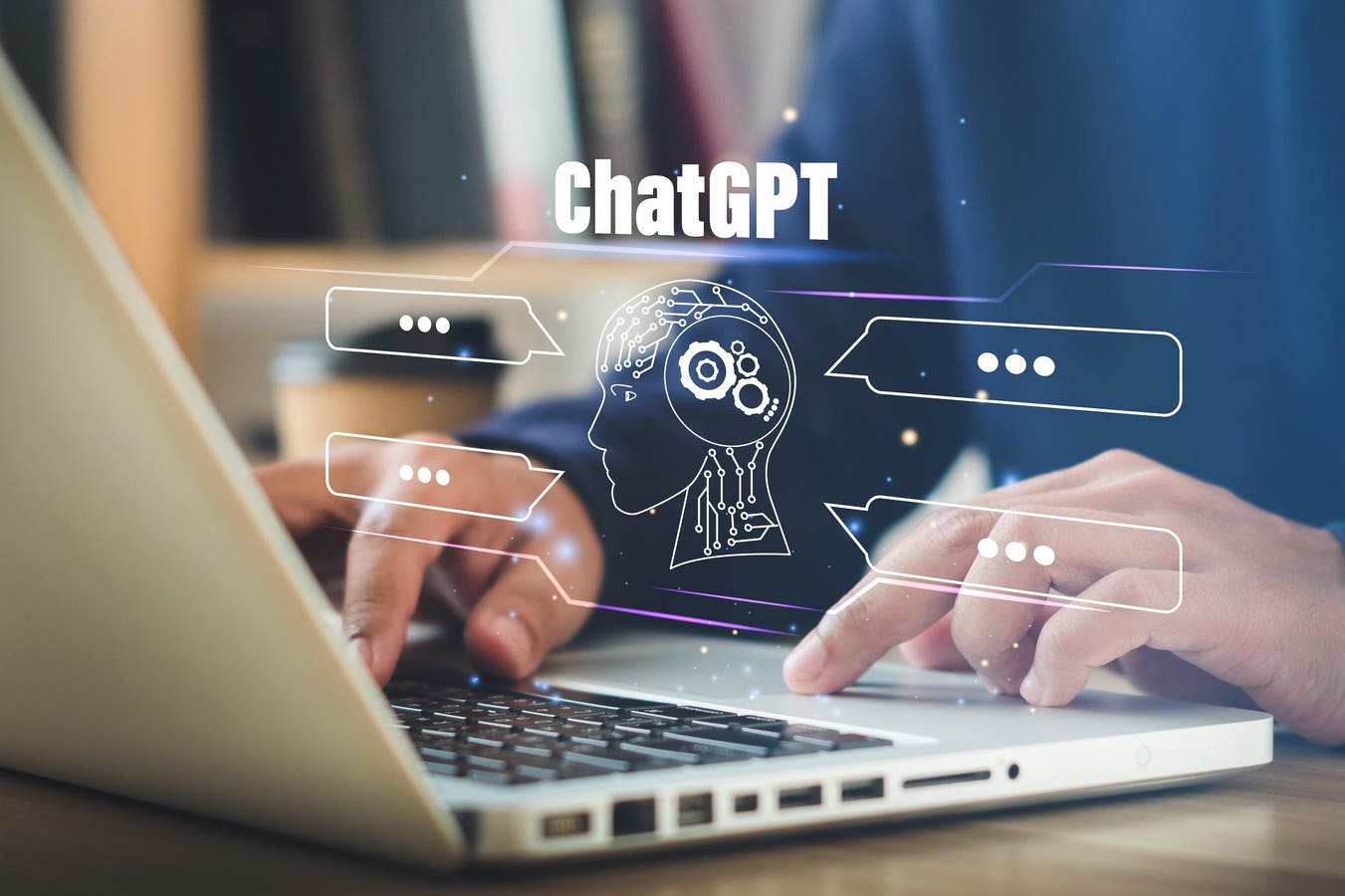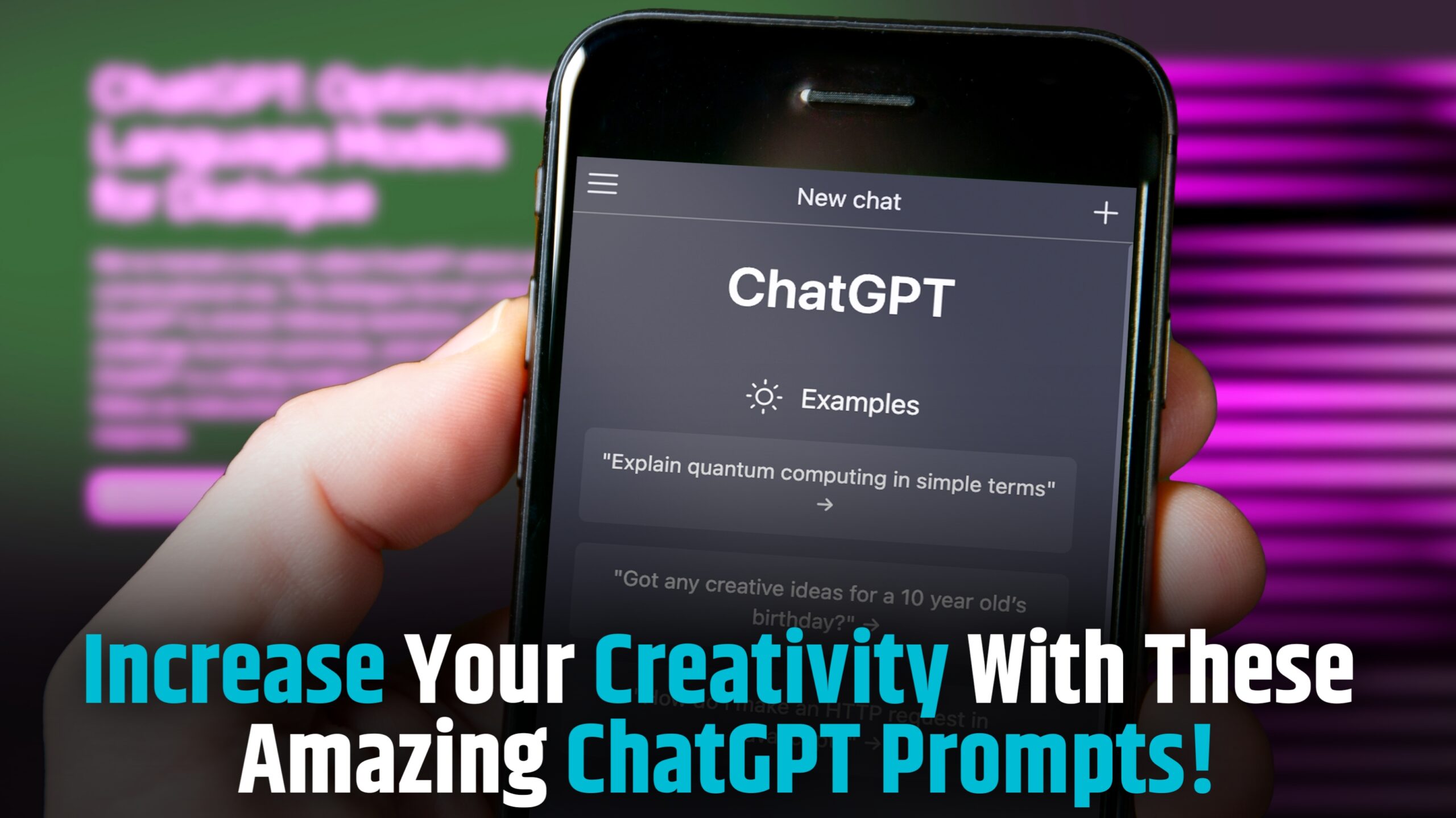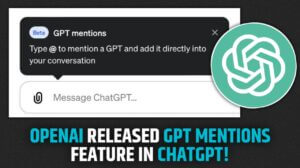ChatGPT, powered by OpenAI, has revolutionized the way we interact with AI. Its versatility allows users to generate content, solve problems, brainstorm ideas, and much more using prompts tailored to specific needs.
Unlocking the full potential of ChatGPT prompts offers a gateway to unparalleled versatility in generating content, problem-solving, and ideation. In this article, we delve into nine distinct prompts tailored for diverse purposes, providing adaptable templates and strategies to harness ChatGPT’s capabilities effectively. Whether you seek creative inspiration, solutions to challenges, or assistance in various tasks, these prompts serve as invaluable tools to maximize your interactions with AI-driven assistance.
ChatGPT Prompts Creative Writing:
Prompt Example:
“Compose a thrilling short story about [topic/characters] involving [twist/setting].”
Template for adjustment:
“Create a captivating narrative about [insert details] set in [specific location/time period].”
ChatGPT Prompts Content Generation:
Prompt Example:
“Generate a blog post on [subject] covering [key points].”
Template for adjustment:
“Produce an informative article about [topic] highlighting [aspects/facts] for readers.”
Ideation and Brainstorming:
Prompt Example:
“Brainstorm innovative ideas for [project/product] focusing on [unique features].”
Template for adjustment:
“Generate creative concepts for [specific task] emphasizing [desired outcomes].”
Problem-Solving:
Prompt Example:
“Provide solutions for [issue/challenge] considering [constraints/factors].”
Template for adjustment:
“Offer effective strategies to address [problem] while accounting for [relevant variables].”
Educational Assistance:
Prompt Example:
“Explain the concept of [topic] in a simplified manner suitable for [audience].”
Template for adjustment:
“Clarify [subject] using accessible language for [target audience] to grasp the fundamentals.”
Language Translation:
Prompt Example:
“Translate the following text from [source language] to [target language].”
Template for adjustment:
“Convert the provided content from [original language] to [desired language] maintaining accuracy.”
Product Description Generation:
Prompt Example:
“Craft a compelling description for [product] highlighting its unique features.”
Template for adjustment:
“Compose an engaging overview of [item] emphasizing its distinct qualities and benefits.”
Marketing and Ad Copywriting:
Prompt Example:
“Create persuasive marketing content for [service/product] targeting [specific audience].”
Template for adjustment:
“Develop convincing promotional material for [offering] aimed at [target demographic].”
Conversation Starters:
Prompt Example:
“Generate intriguing conversation starters on [topic/interest] for social gatherings.”
Template for adjustment:
“Produce engaging opening lines related to [interest] to spark discussions in various settings.”
ChatGPT prompts offer a versatile toolkit for diverse purposes, enabling users to efficiently generate content, brainstorm ideas, solve problems, and engage with various audiences. With these adaptable templates, harnessing the power of ChatGPT becomes even more accessible, allowing users to customize prompts to suit their specific needs effortlessly.
Also read Google Bard now lets you chat with YouTube videos using AI
Additional Tips:

To enhance the efficiency and effectiveness of using ChatGPT, consider providing contextual information within your prompts. Context plays a crucial role in guiding the AI model to understand your specific needs and generate more accurate and relevant responses.
Here’s how to do it:
Offer Detailed Context: When crafting prompts, provide specific details related to your request. Include relevant information, keywords, or background details that help ChatGPT understand the context better. For example, if asking for content on a specific topic, provide key points or subtopics to focus on.
Use Iterative Refinement: ChatGPT responds to iterative prompts. After receiving an initial response, refine your request based on the generated output. Use the previous response as a starting point for more refined or detailed queries. This iterative process helps ChatGPT progressively understand your requirements better, leading to more precise results.
Experiment with Variations: Try different phrasings or approaches within your prompts. Experimentation allows you to discover which type of input generates the most relevant or engaging outputs. Vary your requests while maintaining clarity to explore different angles and styles of responses.
Provide Feedback: In the case of unsatisfactory or irrelevant responses, provide feedback to ChatGPT. This can be done by indicating what aspects were helpful or where improvements are needed. The model learns from feedback, and over time, it can improve its responses based on the guidance provided.
Leverage Pre-Contextualized Prompts: OpenAI’s ChatGPT also offers pre-contextualized prompts tailored to specific tasks or domains. Explore these prompts or templates designed for particular purposes, as they often contain pre-established structures that can guide ChatGPT more effectively for specialized tasks.
By incorporating detailed context, refining prompts iteratively, experimenting with variations, offering feedback, and leveraging pre-contextualized prompts, you can significantly enhance the efficiency and accuracy of ChatGPT’s responses, ensuring more tailored and useful outputs for your specific needs.




